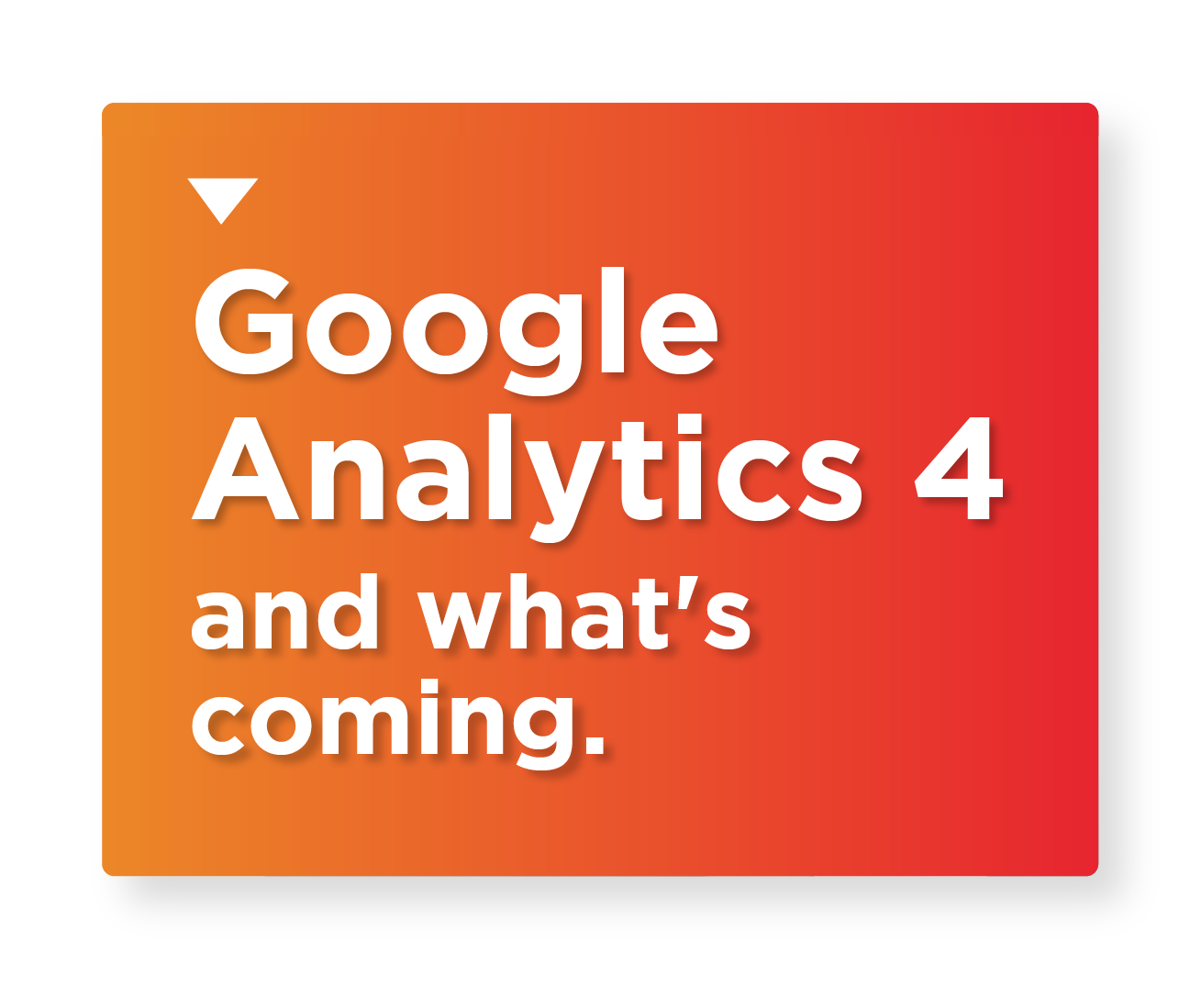Google Analytics 4 is designed to help businesses measure multiple data types while meeting the increasing demand for user privacy. It enables website owners to see user journeys across their sites and apps. Additionally, GA4 helps you predict new insights with machine learning technology.
5 New Features in Google Analytics 4
- New Data Model
GA4 utilizes a user-based model and collects data in the form of events. Each event has a unique name that identifies it. It also has additional parameters to describe the event. There events may include page views, transactions, social interactions, and more. You should be able to get incredibly metrics without infringing on privacy.
- AI-Powered Insights and Predictions
This comes with new AI-Powered insights that can highlight trends such as growing interest in a particular product. This can also predict outcomes, including churn rates and potential conversions and sales.
- A complete View of the Customer Lifecycle
Reports are now organized around the customer journey.
For example, you can see which channels are driving customers to your website (Acquisition), the actions they take (Engagement), and if they remain on the page after converting (Retention). This way, you’ll get a more comprehensive view of how users engage with your website across different devices and channels.
- More Control Over User Data
Google is phasing out third-party cookies, analytics tools now emphasize first-party data. Google Analytics 4 comes with granular data controls. These are designed to help advertisers comply with the General Data Protection Regulation (GDPR) and other data regulations, such as the California Consumer Privacy Act (CCPA).
For instance, a new consent mode helps website owners obtain consent for both analytics and ads. Additionally, GA4 makes it easier to handle user data removal requests.
- Spam Prevention
Before, spammers could send fake data to Google Analytics accounts using the Measurement Protocol. Now, only hits with a secret key can send data to a GA4 property. You can access this key from your GA4 data stream settings, and it’s not available publicly.
How are GA3 and GA4 Different?
Event tracking is the key difference between GA3 (Universal Analytics) and GA4.
For example, in GA3, events refer to clicks. In GA4, an event can be a page view, social interaction, or other types of user behavior. Additionally, you can create multiple parameters for each event to obtain more information, such as where it was logged.
GA4 prioritizes user privacy and comes with granular data collection and usage controls. Also, it doesn’t store IP addresses. Therefore, upgrading to GA4 can help you comply with international data protection regulations.
GA4 can be added to the existing account, it will collect data alongside the current account until it becomes obsolete in 2023.
GA3 and GA4 also differ when it comes to recording sessions. In GA3, a session is a group of hits performed by a user within a period. Meanwhile, GA4 tracks sessions as a group of events performed by a user. These events may include making a purchase, clicking on a button, etc.
When should you switch to Google Analytics 4?
Universal Analytics will stop processing data on July 1, 2023. Therefore, to continue tracking your performance, you’ll need to upgrade to GA4.
It is recommended to do this as soon as possible, to have plenty of time to get used to the interface and familiarize with the features.

